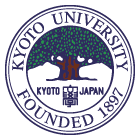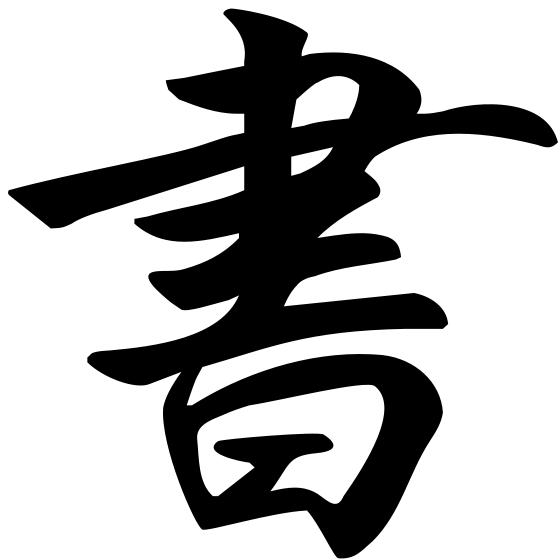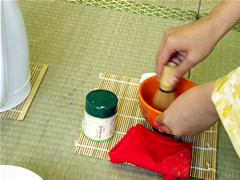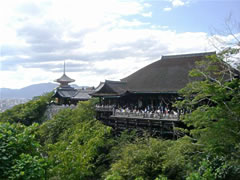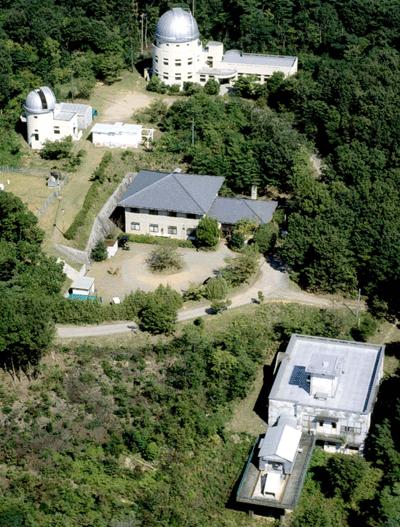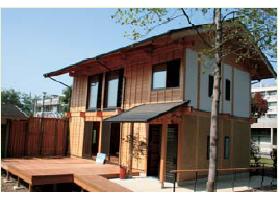|
|||||||||||||||||||||||||||||||||||||||||||||||||||||
|
General Information |
Social Program
The program of 10th APRU DSC will include the following 2 social programs:
Date: July 7 (Tue)
Time: 15:30 - 18:30
Plan: Choose one from the following 3 plans.
Date: July 9 (Thu)
Time: 15:00 - 18:30
Tour: Choose one from the following 3 tours.
|
||||||||||||||||||||||||||||||||||||||||||||||||||||

